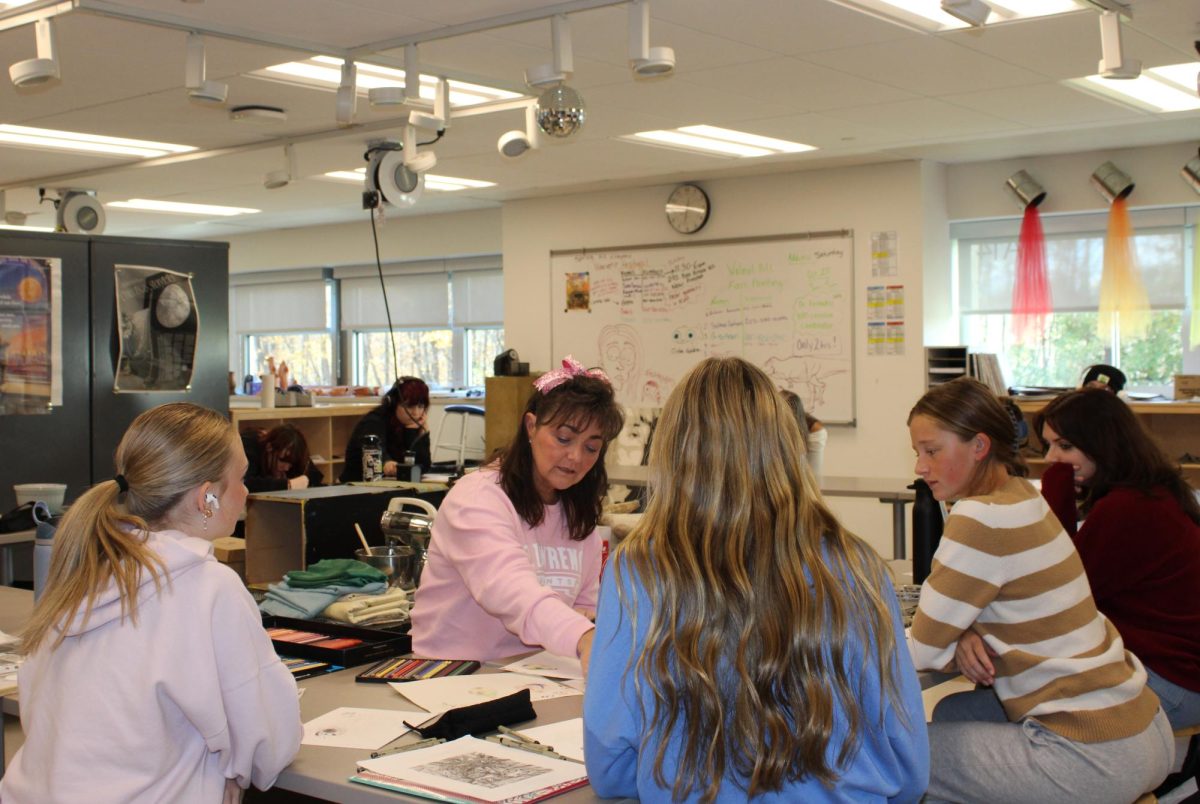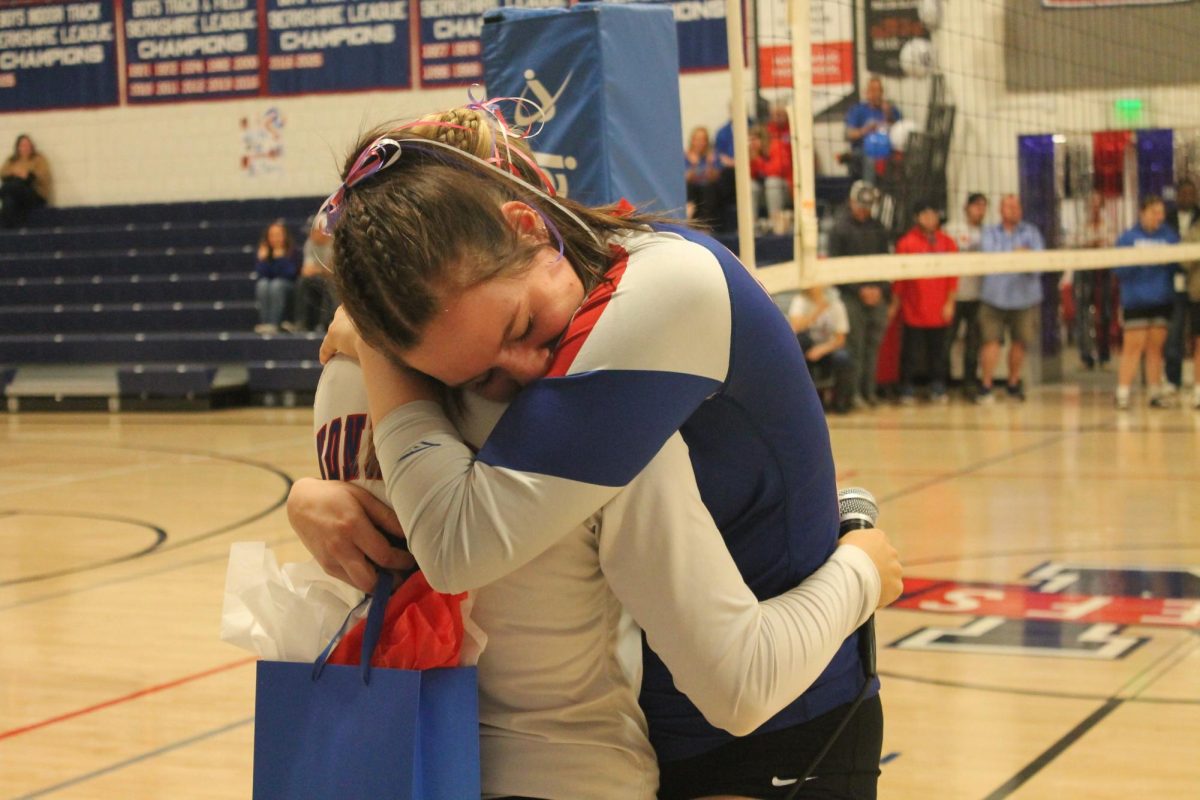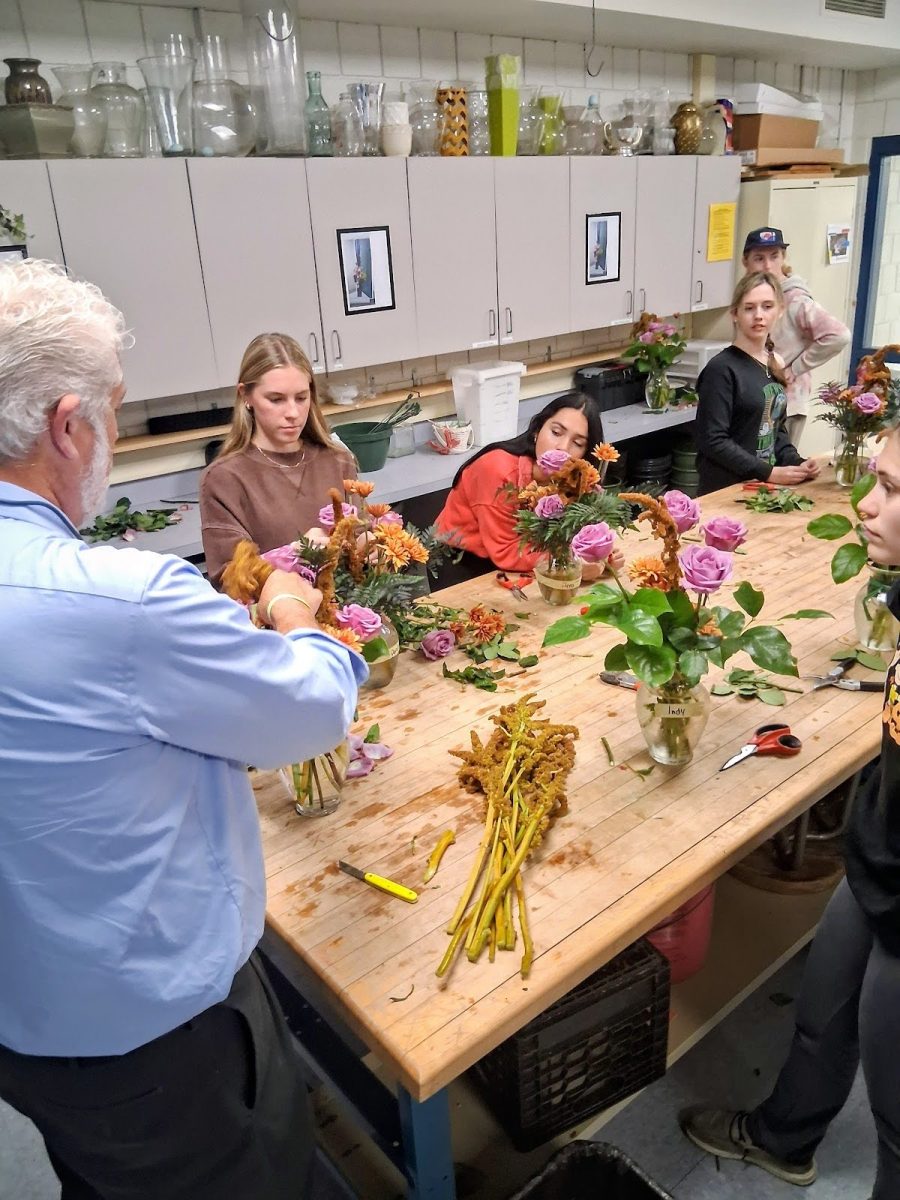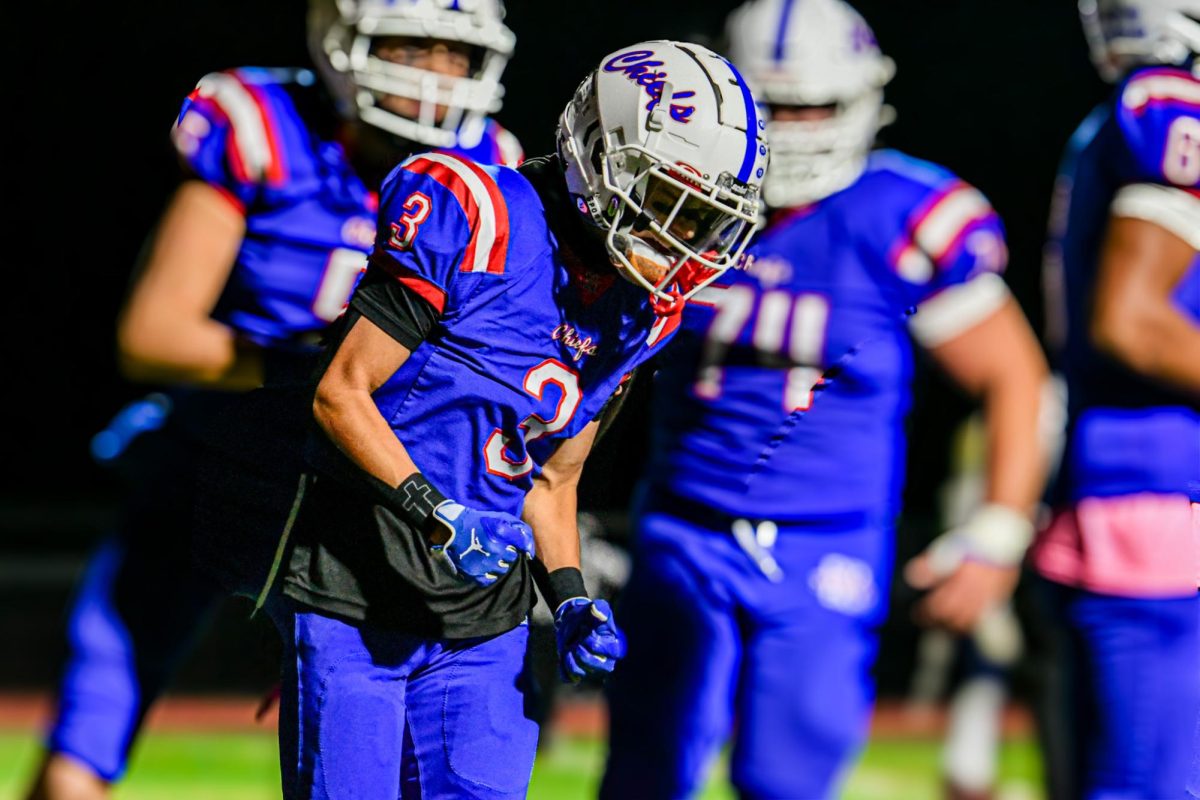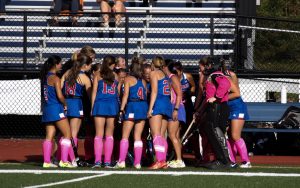Field Trip to 9/11 Museum Impacts Seniors
The remnants of FDNY Ladder 3 are displayed in the 9/11 Museum. When the Twin Towers fell, 11 firefighters from Ladder 3 perished.
November 28, 2022
WOODBURY — Nonnewaug seniors went to New York City on Nov. 17 to visit the National September 11 Memorial and Museum, cruise the Hudson River to the Status of Liberty, and eat and shop in Times Square.
Many of the 67 students in attendance were interested to learn more about what happened on Sept. 11, 2001. On that day, 19 men affiliated with the terrorist group al-Qaeda under Osama Bin Laden hijacked four different planes. Two of them hit the World Trade Center buildings, one crashed into the Pentagon, and the fourth crashed into a field in Pennsylvania after passengers revolted. A total of 2,977 innocent people were killed that day.
Students were struck by different parts of the museum.
“The displayed twisted metal parts of the building was the most interesting part I saw,” Carley Shook said. “It was crazy to see how such huge buildings could be broken down into such small pieces. It put the whole thing into perspective the amount of loss that occurred that day.”
The burning jet fuel created stress on the horizontal support beams. Investigators discovered that drooping floors drew inward on the outer columns, causing them to bow and ultimately buckle, and that fires were the primary cause of the collapses. It was impossible to stop the building’s upper half from collapsing once it started to move downward.
“Something that I saw but was disturbing was the pictures of the people falling out of the towers,” said Dylan Chung. “I knew that people jumped out, but I’ve never seen all the photos besides the one famous one.”

An estimated 200 innocent people jumped to their death instead of facing the raging fires behind them.
Americans began to restore the neighborhoods and move on after the catastrophe, but they never forgot.
“One thing that I learned was the people of the city left a column up from the tower and took it down last to signify the end of the rebuilding process,” Chung said.
This column is now still up on display in the 9/11 Museum in New York City. The museum holds many different artifacts from that day that tells a story of what happened.
“When we went to the museum I learned that 2,977 people died on that day,” said Shook. “I never realized how high the number of losses was. Walking into the room that showed all the victims was shocking and devastating.”





